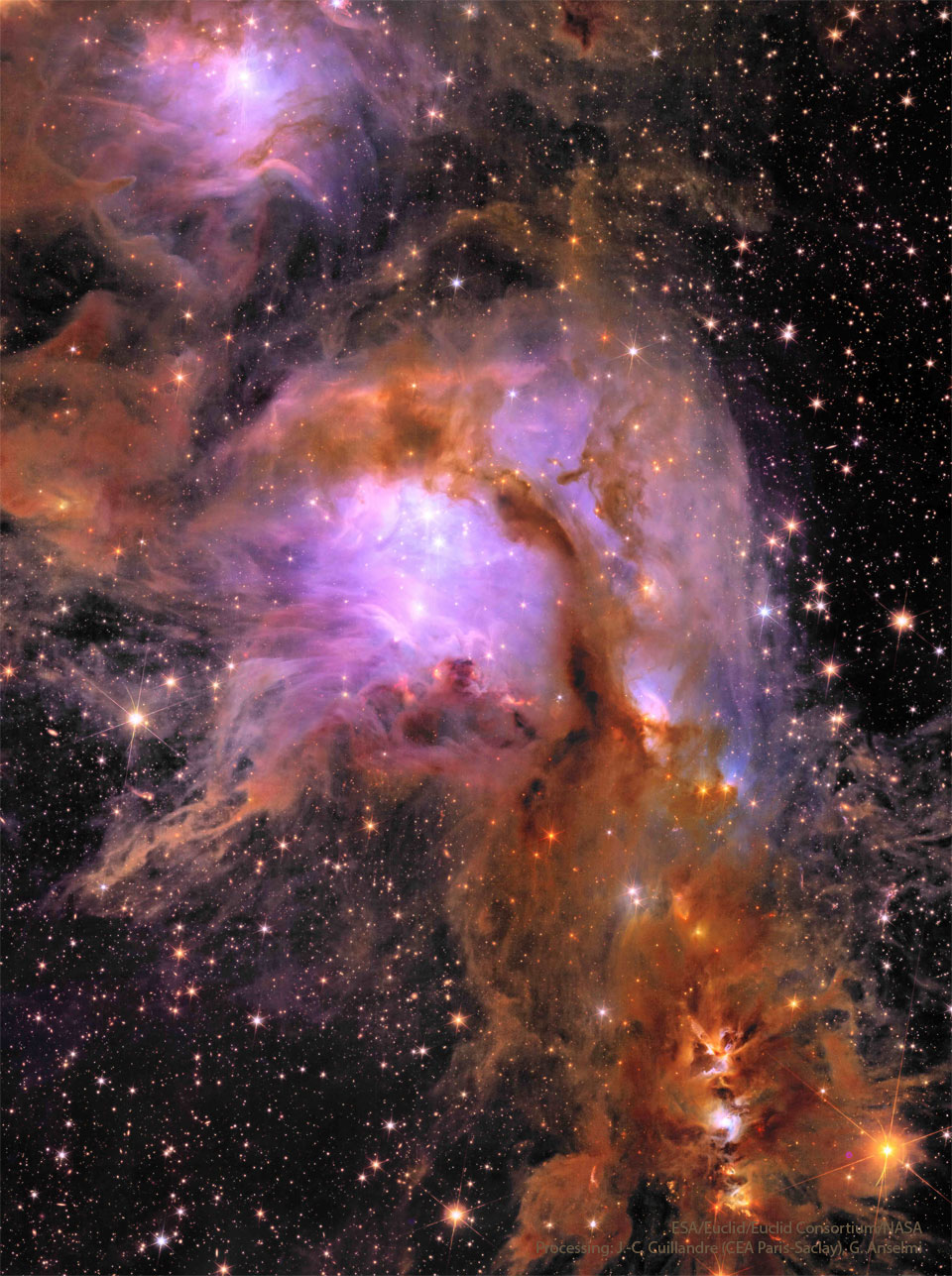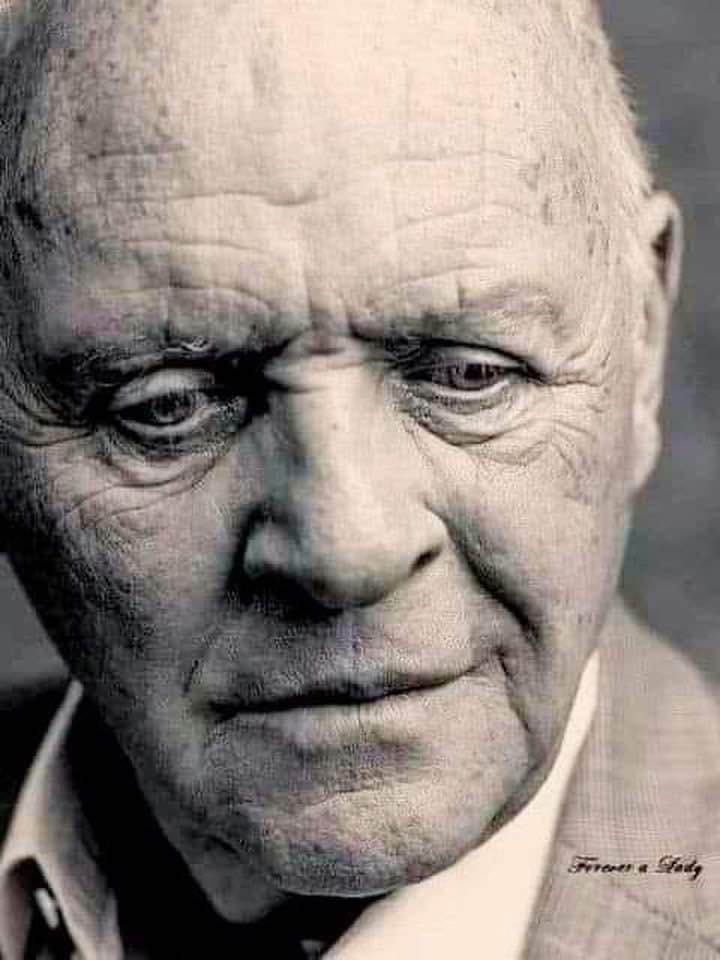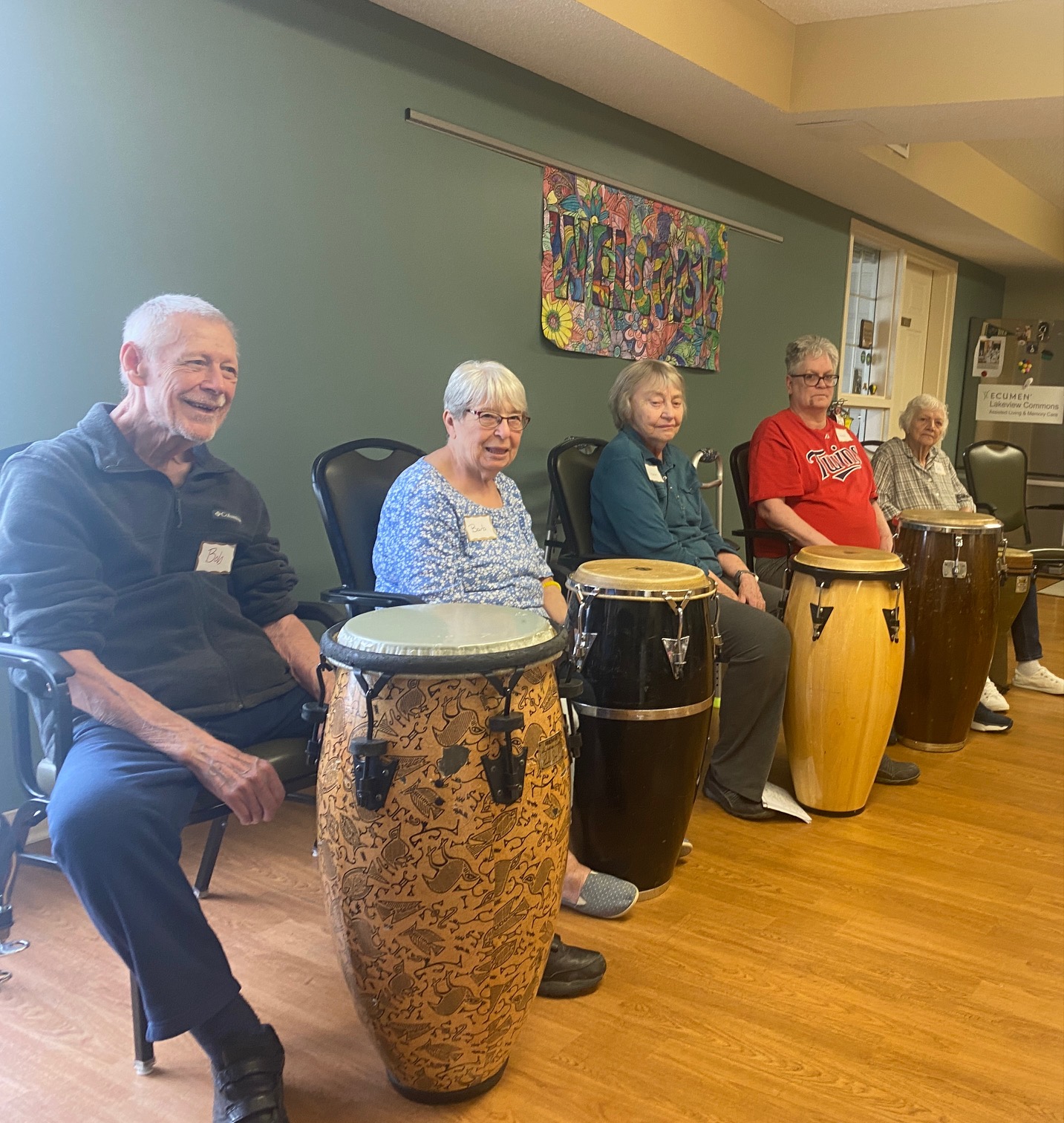Jimmy Hamilton (May 25, 1917 – September 20, 1994) was an American jazz clarinetist and saxophonist, who was a member of the Duke Ellington Orchestra.
Hamilton was born in Dillon, South Carolina, United States, and grew up in Philadelphia. Having learned to play piano and brass instruments, in the 1930s he started playing the latter in local bands before switching to clarinet and saxophone. During this time he studied with clarinet teacher Leon Russianoff. In 1939, he played with Lucky Millinder, Jimmy Mundy, and Bill Doggett, going on to join the Teddy Wilsonsextet in 1940. After two years with Wilson, he played with Eddie Heywood and Yank Porter.
see full post...https://www.youtube.com/watch?v=P01vuvN8Pw0
see full post...Buddha Purnima 2024: The auspicious festival of Buddha Purnima marks the birth of Prince Siddhartha Gautama, who became the Gautama Buddha and founded Buddhism.

Friday May 24th 2024 6pm. Music with Inbal Sharret Singer, Jayson Rodovsky, Jeff Bailey, Pete Whitman and mick laBriola.
see full post...Star formation can be messy. To help find out just how messy, ESA‘s new Sun-orbiting Euclid telescope recently captured the most detailed image ever of the bright star forming region M78. Near the image center, M78 lies at a distance of only about 1,300 light-years away and has a main glowing core that spans about 5 light-years. The featured image was taken in both visible and infrared light. The purple tint in M78’s center is caused by dark dustpreferentially reflecting the blue light of hot, young stars. Complex dust lanes and filaments can be traced through this gorgeous and revealing skyscape. On the upper left is associated star forming region NGC 2071, while a third region of star formation is visible on the lower right. These nebulas are all part of the vast Orion Molecular Cloud Complex which can be found with even a small telescope just north of Orion’s belt.

see full post...
Cecil Bustamente Campbell OD (24 May 1938 – 8 September 2016), known professionally as Prince Buster, was a Jamaican singer-songwriter and producer. The records he released in the 1960s influenced and shaped the course of Jamaican contemporary music and created a legacy of work that would be drawn upon later by reggae and ska artists. Campbell became more actively involved in the operational side of running a sound system after he was introduced to Clement ‘Coxsone’ Dodd, a musically inclined businessman who operated one of Kingston’s most popular sound systems. Campbell found himself fulfilling a variety of roles for Coxsone: providing security, handling ticket receipts, identifying and sourcing music as well as working in the essential role of selector. The knowledge he gained about the financial and logistical aspects of staging a sound system dance was put to good use when Campbell made the decision to start his own sound system called ‘Voice of the People’. Campbell approached his family and a radio shop owner called Mr Wong for financial backing; both parties agreed. Campbell’s ‘Voice of the People’ sound system was soon operational and within a short time had established itself as a rival to the sound systems of Coxsone and Duke Reid. Campbell applied to the Farm Work Program (guest worker scheme for the US agricultural sector) with the intention of buying music for his sound system but, on the day of departure, was refused entry into the scheme. Knowing that he would not be able to personally source records from the US, Campbell decided to record his own music. He approached Arkland “Drumbago” Parks, a professional drummer at the Baby Grand Club who had arranged and recorded a special (exclusive recording) for the Count Boysie sound system. Drumbago agreed to help and Campbell immediately began rehearsing with the musicians at the Baby Grand Club, including the guitarist Jah Jerry, who played on Campbell’s first recording session.
see full post...Bob Dylan (legally Robert Dylan; born Robert Allen Zimmerman, May 24, 1941) is an American singer-songwriter. Often considered to be one of the greatest songwriters in history, Dylan has been a major figure in popular culture over his 60-year career. He rose to prominence in the 1960s, when his songs “Blowin’ in the Wind” (1963) and “The Times They Are a-Changin’” (1964) became anthems for the civil rights and antiwar movements. Initially modeling his style on Woody Guthrie‘s folk songs, Robert Johnson‘s blues, and what he called the “architectural forms” of Hank Williams‘s country songs, Dylan added increasingly sophisticated lyrical techniques to the folk music of the early 1960s, infusing it “with the intellectualism of classic literature and poetry”. His lyrics incorporated political, social, and philosophical influences, defying pop music conventions and appealing to the decade’s burgeoning counterculture.
Dylan was born and raised in St. Louis County, Minnesota. Following his self-titled debut album of traditional folk songs in 1962, he made his breakthrough with The Freewheelin’ Bob Dylan the next year. The album featured “Blowin’ in the Wind” and “A Hard Rain’s a-Gonna Fall” which, like many of his early songs, adapted the tunes and phrasing of older folk songs. He released the politically charged The Times They Are a-Changin’ and the more lyrically abstract and introspective Another Side of Bob Dylan in 1964. In 1965 and 1966, Dylan drew controversy among folk purists when he adopted electrically amplified rock instrumentation, and in the space of 15 months recorded three of the most influential rock albums of the 1960s: Bringing It All Back Home, Highway 61 Revisited (both 1965) and Blonde on Blonde (1966). When Dylan made his move from acoustic folk and blues music to rock, the mix became more complex. His six-minute single “Like a Rolling Stone” (1965) expanded commercial and creative boundaries in popular music.
In July 1966, a motorcycle accident led to Dylan’s withdrawal from touring. During this period, he recorded a large body of songs with members of the Band, who had previously backed him on tour. These recordings were later released as The Basement Tapes in 1975. In the late 1960s and early 1970s, Dylan explored country music and rural themes on John Wesley Harding (1967), Nashville Skyline (1969) and New Morning (1970). In 1975, he released Blood on the Tracks, which many saw as a return to form. In the late 1970s, he became a born-again Christian and released three albums of contemporary gospel musicbefore returning to his more familiar rock-based idiom in the early 1980s. Dylan’s Time Out of Mind (1997) marked the beginning of a career renaissance. He has released five critically acclaimed albums of original material since, most recently Rough and Rowdy Ways (2020). He also recorded a trilogy of albums covering the Great American Songbook, especially songs sung by Frank Sinatra, and an album smoothing his early rock material into a mellower Americana sensibility, Shadow Kingdom (2023). Dylan has toured continuously since the late 1980s on what has become known as the Never Ending Tour.
Since 1994, Dylan has published nine books of paintings and drawings, and his work has been exhibited in major art galleries. He has sold more than 145 million records,[14] making him one of the best-selling musicians ever. He has received numerous awards, including the Presidential Medal of Freedom, ten Grammy Awards, a Golden Globe Award and an Academy Award. Dylan has been inducted into the Rock and Roll Hall of Fame, Nashville Songwriters Hall of Fame and the Songwriters Hall of Fame. In 2008, the Pulitzer Prize Board awarded him a special citation for “his profound impact on popular music and American culture, marked by lyrical compositions of extraordinary poetic power.” In 2016, Dylan was awarded the Nobel Prize in Literature “for having created new poetic expressions within the great American song tradition.
see full post...Archie Shepp (born May 24, 1937) is an American jazz saxophonist, educator and playwright who since the 1960s has played a central part in the development of avant-garde jazz.
Shepp was born in Fort Lauderdale, Florida, but raised in Philadelphia, Pennsylvania. He began playing banjo with his father, then studied piano and saxophone while attending high school in Germantown. He studied drama at Goddard College from 1955 to 1959.
He played in a Latin jazz band for a short time before joining the band of avant-garde pianist Cecil Taylor. Shepp’s first recording under his own name, Archie Shepp – Bill Dixon Quartet, was released on Savoy Records in 1962 and featured a composition by Ornette Coleman. In 1962, he performed with Dixon at the 8th World Festival of Youth and Students in Helsinki, Finland. Along with alto saxophonist John Tchicai and trumpeter Don Cherry, he formed the New York Contemporary Five. John Coltrane‘s admiration for Shepp led to recordings for Impulse! Records, the first of which was Four for Trane in 1964, an album of mainly Coltrane compositions on which he was joined by Tchicai, trombonist Roswell Rudd, trumpeter Alan Shorter, bassist Reggie Workman and drummer Charles Moffett.
see full post...It lies some 70 million light-years away, south of bright star Regulus toward the faint constellation Sextans. Wound up spiral arms are pulled out into sweeping tidal tails as NGC 3169 (left) and neighboring NGC 3166 interact gravitationally. Eventually the galaxies will merge into one, a common fate even for bright galaxies in the local universe. Drawn out stellar arcs and plumes are clear indications of the ongoing gravitational interactions across the deep and colorful galaxy group photo. The telescopic frame spans about 20 arc minutes or about 400,000 light-years at the group’s estimated distance, and includes smaller, bluish NGC 3165 to the right. NGC 3169 is also known to shine across the spectrum from radio to X-rays, harboring an active galactic nucleus that is the site of a supermassive black hole.

Donald Moye, Jr. (born May 23, 1946), known as Famoudou Don Moye, is an American jazz percussionist and drummer. He is most known for his involvement with the Art Ensemble of Chicago and is noted for his mastery of African and Caribbean percussion instruments and rhythmic techniques.
Moye was born in Rochester, New York, United States, and performed in various drum and bugle corps(including the Rochester Crusaders) during his youth, as well as church choir. Moye has commented that he really “didn’t have an affinity for the bugle… and just kind of gravitated towards drums.
see full post...Vicky Moscholiou (Greek: Βίκυ Μοσχολιού, [ˈvici mosxoˈʎu]; 23 May 1943 – 16 August 2005), born in Metaxourgeio in Athens, was a Greek singer. On 14 March 2010, Alpha TV ranked her the 13th top-certified female artist in the nation’s phonographic era (since 1960).
see full post...Marvin Louis Stamm (born May 23, 1939) is an American jazz trumpeter.
Stamm was born in Memphis, Tennessee, United States. Stamm began on trumpet at age twelve. He attended North Texas State University, where he was a member of the One O’Clock Lab Band. He was a member of Stan Kenton‘s Mellophonium Orchestra from 1961 to 1963, then worked with Woody Hermanfrom 1965 to 1966.Following this he was with The Thad Jones/Mel Lewis Orchestra from 1966 to 1972 and with Benny Goodman from 1974 to 1975.
see full post...Rose M. Clooney (May 23, 1928 – June 29, 2002 Maysville, KY) was an American singer and actress. She came to prominence in the early 1950s with the song “Come On-a My House“, which was followed by other pop numbers such as “Botch-a-Me“, “Mambo Italiano“, “Tenderly“, “Half as Much“, “Hey There“, “This Ole House“, and “Sway“. She also had success as a jazz vocalist. Clooney’s career languished in the 1960s, partly because of problems related to depression and drug addiction, but revived in 1977, when her White Christmas co-star Bing Crosby asked her to appear with him at a show marking his 50th anniversary in show business. She continued recording until her death in 2002.
see full post...
Rhythm Roots Workshop Residency Ecumen Lakeview Commons Assisted Living and Memory Care in Maplewood
